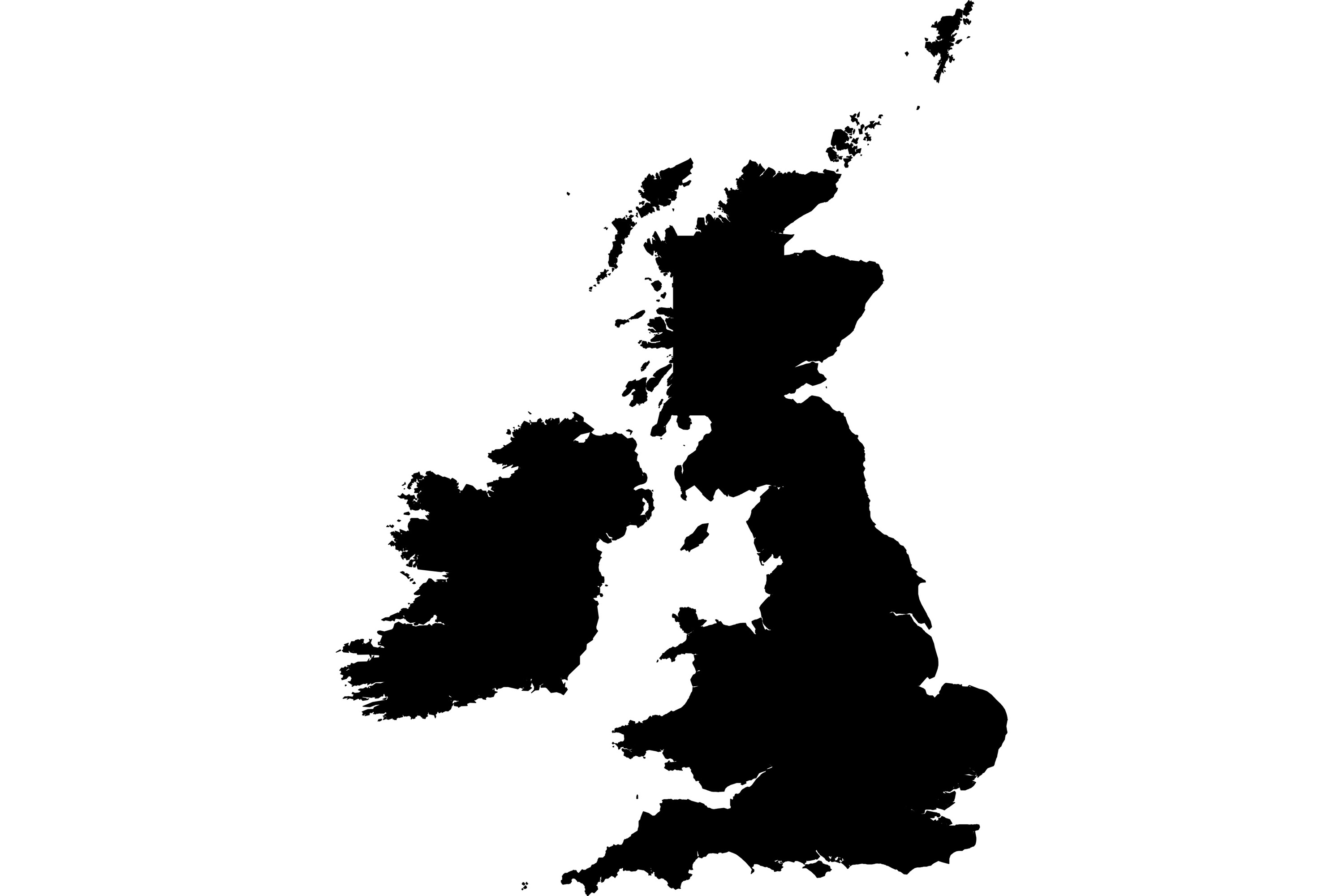Quarter of UK premises missing out on 3G
Ofcom reveals there are still plenty of 3G not-spots, despite massive data usage amongst the UK population.

Over a quarter of UK premises still can't access 3G services, according to fresh figures.
Ofcom launched digital communications coverage maps of outdoor mobile coverage and mobile broadband availability yesterday.
The maps, using data supplied by communication providers, showed that 27 per cent of UK premises still can't access 3G mobile networks.
Over the next 12 months, we expect there to be continued rapid growth in availability of superfast broadband services and data use.
This research is part of Ofcom's required report submitted to the Secretary of State for Culture, Media and Sport every three years.
Only 13 per cent of the UK's landmass can receive a signal outdoors from all five 3G networks, with lower coverage in densely populated areas.
The areas showing the lowest 3G geographic coverage are in Scotland and Wales, both of which suffer thanks to sparse hilly terrain.
Sign up today and you will receive a free copy of our Future Focus 2025 report - the leading guidance on AI, cybersecurity and other IT challenges as per 700+ senior executives
Ofcom reported that 97 per cent of premises can receive 2G signals from all four 2G networks. This means 900,000 premises do not have a choice of all four 2G networks.
The regulator said working to address mobile 'not-spots' is one of its priorities.
The report came after mobile operator 3 revealed 97 per cent of its traffic is data.
High usage
Data usage amongst fixed-line broadband customers is skyrocketing, with UK consumers are using an average 17 Gigabytes of data per month.
"This is the equivalent to downloading more than 11 films per month, streaming 12 hours of BBC iPlayer HD video or more than 12 days of streaming audio content," Ofcom stated.
Data from the London Internet Exchange, connecting UK internet service providers, shows traffic has increased seven-fold in the past five years.
"Over the next 12 months, we expect there to be continued rapid growth in availability of superfast broadband services and data use and we aim to publish an update on this next summer," Ofcom added.
-
 Researchers claim Salt Typhoon masterminds learned their trade at Cisco Network Academy
Researchers claim Salt Typhoon masterminds learned their trade at Cisco Network AcademyNews The Salt Typhoon hacker group has targeted telecoms operators and US National Guard networks in recent years
-
 HPE says unified channel strategy won't force Juniper partners to generalize
HPE says unified channel strategy won't force Juniper partners to generalizeNews Does the company embrace specialists or want a full portfolio push? The answer, it seems, is both
-
 Ofcom net neutrality update dismisses calls for big tech contributions
Ofcom net neutrality update dismisses calls for big tech contributionsNews Ofcom’s net neutrality stance has been criticized by some industry stakeholders
-
 UK 5G spectrum auction will finally go ahead this week
UK 5G spectrum auction will finally go ahead this weekNews The much awaited auction will involve companies bidding for frequency in two bands
-
 Almost one million Brits still suffer with appalling broadband speeds, Ofcom report finds
Almost one million Brits still suffer with appalling broadband speeds, Ofcom report findsNews A new Ofcom report reveals a massive 925,000 people are still on downloads speeds of less than 10Mbps
-
 ISPs now have 30 days to fix net speeds or face null contracts
ISPs now have 30 days to fix net speeds or face null contractsNews Ofcom confirms customers will soon be able to walk away if their service dips
-
 More than a million UK properties don't have access to 'decent' broadband speeds
More than a million UK properties don't have access to 'decent' broadband speedsNews Ofcom's Connected Nations report finds broadband is still lacking across 4% of the UK
-
 BT offers to invest up to £600m to provide universal high-speed broadband
BT offers to invest up to £600m to provide universal high-speed broadbandNews The company's offer would replace new regulation proposed by the government
-
 Ofcom caps EE and BT's spectrum bidding
Ofcom caps EE and BT's spectrum biddingNews Regulator will limit how much spectrum a single mobile operator can own
-
 Ofcom caps BT's Openreach prices
Ofcom caps BT's Openreach pricesNews Regulator limits the amount that rivals can be charged for leasing the company's superfast broadband